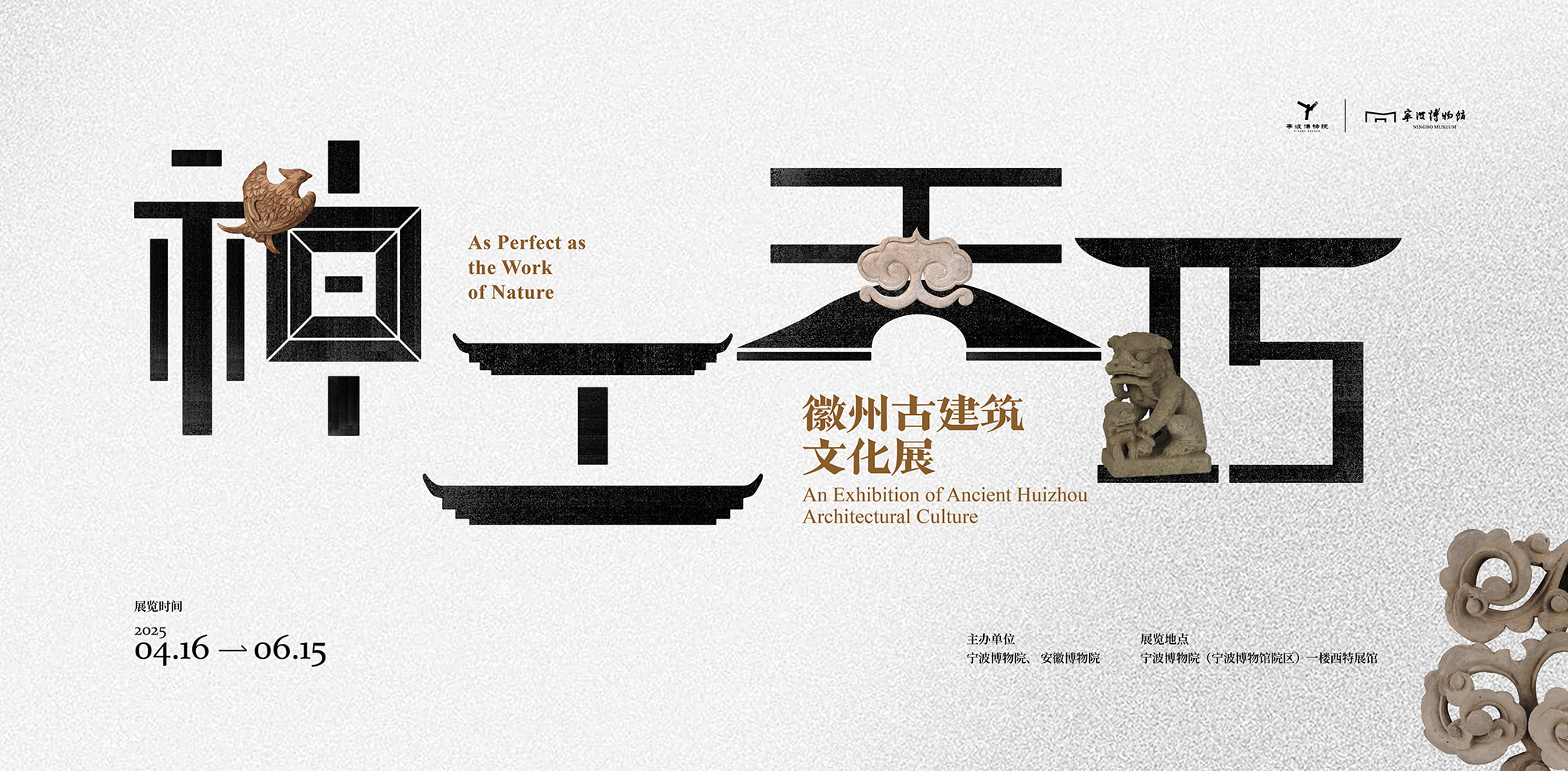

As one of the three major regional cultures in China, Huizhou culture is the sum total of material civilization and spiritual civilization in one prefecture and six counties of ancient Huizhou in the south of Anhui Province. With its beautiful natural landscape, unique geographical environment, and distinctive historical background, ancient Huizhou gave birth to Huizhou culture with rich connotations and great characteristics.
Ancient Huizhou architecture, as an important material carrier of Huizhou culture, witnessed and recorded the evolution of history, culture and social civilization in ancient Huizhou. Ancient Huizhou architecture arose in the Southern Song Dynasty. During the Ming and Qing Dynasties, Huizhou businessmen were rich and well-educated. They spent lots of money to construct large houses, repair ancestral temples, build memorial archways, and spread civilization, leaving a large number of Hui-style buildings, which became gems of China’s cultural heritage. The wood carvings, brick carvings, and stone carvings on Hui-style buildings not only make them rich in detailed aesthetic elements, but also carry profound traditional cultural connotations and convey lots of historical and cultural information such as the ethical ideas, architectural techniques, people’s life, and aesthetic pursuit in ancient Huizhou. The furnishings of ancient Huizhou people’s studies were their great creations by making the best use of local materials, as well as their interpretation and pursuit of an elegant living and poetic dwelling.
General Secretary Xi Jinping points out that: “Embracing a new era of ecological civilization and building a beautiful China are an important part of the Chinese dream of realizing the Chinese nation’s great rejuvenation.” The extraordinary “picturesque countryside” created by ancient Huizhou people by upholding traditional Chinese values and conforming to the law of nature provides a beautiful vision for our pursuit of and yearning for a better life today. In the current era of sustainable development, it’s of unique cultural value.

![<!--<$[图片英文标题1]>begin--><!--<$[图片英文标题1]>end-->](/picture/0/2504161544108925197.jpg)
![<!--<$[图片英文标题2]>begin--><!--<$[图片英文标题2]>end-->](/picture/0/2504161544109851478.jpg)
![<!--<$[图片英文标题3]>begin--><!--<$[图片英文标题3]>end-->](/picture/0/2504161544110142920.jpg)
![<!--<$[图片英文标题4]>begin--><!--<$[图片英文标题4]>end-->](/picture/0/2504161544110576290.jpg)
![<!--<$[图片英文标题5]>begin--><!--<$[图片英文标题5]>end-->](/picture/0/2504161544110856558.jpg)
![<!--<$[图片英文标题6]>begin--><!--<$[图片英文标题6]>end-->](/picture/0/2504161544111152286.jpg)
![<!--<$[图片英文标题7]>begin--><!--<$[图片英文标题7]>end-->](/picture/0/2504161544111477072.jpg)
![<!--<$[图片英文标题9]>begin--><!--<$[图片英文标题9]>end-->](/picture/0/2504161544111937612.jpg)
![<!--<$[图片英文标题10]>begin--><!--<$[图片英文标题10]>end-->](/picture/0/2504161544112429114.jpg)
![<!--<$[图片英文标题11]>begin--><!--<$[图片英文标题11]>end-->](/picture/0/2504161544112807357.jpg)
![<!--<$[图片英文标题12]>begin--><!--<$[图片英文标题12]>end-->](/picture/0/2504161544391975504.jpg)